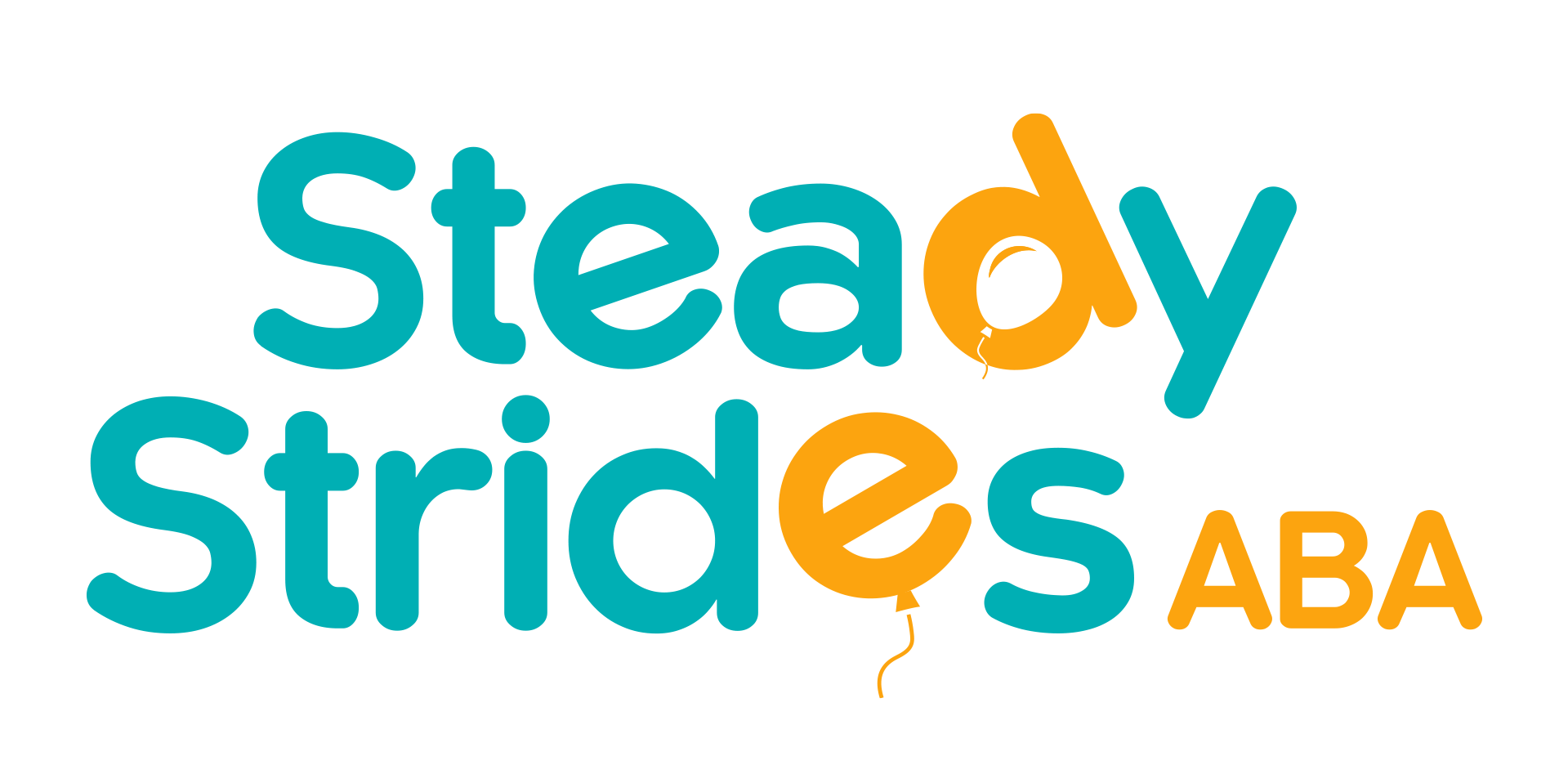Navigating the landscape of autism treatment can feel overwhelming for families seeking the most effective intervention. Applied Behavior Analysis (ABA therapy) and Cognitive Behavioral Therapy (CBT), rooted in the principles of behavior analysis, are two prominent approaches. This exploration aims to shed light on both therapies, comparing their strengths and limitations to equip you with the knowledge to make informed decisions regarding your loved one's well-being.
Exploring the Foundations of ABA Therapy
Applied Behavior Analysis (ABA) therapy is extensively recognized as a potent intervention for individuals across the autism spectrum. Its foundation rests on the science of behavior analysis, which posits that behaviors are learned and thus can be modified. ABA therapists employ a meticulous data-driven approach, continuously tracking progress and adjusting interventions based on observed responses.
At its core, ABA therapy focuses on understanding how specific behaviors manifest and how they are influenced by the environment. By identifying triggers and consequences, therapists can implement strategies to decrease problematic behaviors and increase positive ones. This systematic approach, emphasizing positive reinforcement, helps individuals learn new skills, improve communication, and enhance their overall quality of life.
Key Principles and Techniques of ABA Therapy
Positive reinforcement, a cornerstone of ABA therapy, involves providing rewards or praise following desired behaviors to increase their likelihood of recurring. This might involve rewarding a child with a small treat after they successfully make eye contact or complete a task.
Behavior modification, another key principle, focuses on systematically changing environmental factors to influence behavior. By understanding the antecedents (triggers) and consequences (reinforcements) associated with a particular behavior, therapists can effectively alter its frequency.
ABA principles guide a range of techniques, including prompting, shaping, and fading. Prompting involves providing cues to encourage desired behaviors, while shaping entails reinforcing successive approximations of a target behavior. Fading gradually reduces prompts and rewards as the individual masters the skill.
The Role of ABA Therapy in Autism Treatment
ABA therapy plays a crucial role in addressing the diverse needs of individuals with autism spectrum disorder (ASD). It is particularly recognized for its efficacy in improving core areas affected by ASD, such as communication, social interaction, and daily living skills.
ABA therapists work collaboratively with families to develop individualized treatment plans tailored to specific needs and goals. These plans often target specific behaviors, such as increasing language use, reducing tantrums, or improving self-care abilities.
By focusing on skill-building and behavior modification, ABA therapy equips individuals with the tools to navigate their environment with greater independence and confidence. This approach not only aims to alleviate challenges associated with ASD but also empowers individuals to reach their full potential and lead fulfilling lives.
Delving into Cognitive Behavioral Therapy (CBT)
Cognitive Behavioral Therapy (CBT) is a therapeutic approach that focuses on addressing specific behaviors and thought processes. It is widely used to treat a variety of mental health issues by targeting negative thought patterns and promoting emotional regulation. CBT aims to improve cognitive abilities and adaptive learning skills by challenging and restructuring unhelpful beliefs. By delving into the individual's needs and unique challenges, CBT helps in bringing about meaningful change through evidence-based interventions. This form of talk therapy is grounded in scientific research and aims to enhance the quality of life.
Core Concepts of CBT for Managing Autism
Cognitive behavioral therapy (CBT), when applied to ASD, empowers individuals to understand the links between their thoughts, emotions, and behaviors. It acknowledges that internal experiences play a significant role in shaping how we respond to external situations.
A central technique in CBT is cognitive restructuring, which helps individuals challenge and reframe negative thought patterns. For instance, a child prone to catastrophic thinking might learn to identify and replace an exaggerated thought like "I'll never be good at this" with a more balanced statement like "This is hard, but I can keep practicing."
By fostering self-awareness and providing coping strategies, CBT equips individuals with the tools to manage challenging behaviors more effectively. It empowers them to navigate social situations with greater confidence, regulate their emotions, and develop healthier coping mechanisms.
How CBT Addresses Emotional and Behavioral Challenges
Cognitive Behavior Therapy (CBT) plays a crucial role in addressing the emotional and behavioral challenges often associated with ASD. CBT equips individuals with concrete techniques to understand and manage their emotional responses, fostering greater self-control and reducing outbursts or meltdowns.
One of the key strengths of CBT lies in its emphasis on emotional regulation. By teaching individuals to identify and label their emotions, CBT therapists provide them with a framework for understanding and expressing their feelings in a healthy manner.
Moreover, CBT incorporates behavioral techniques alongside cognitive restructuring. These might include relaxation exercises, mindfulness practices, or exposure therapy, all aimed at equipping individuals with practical tools to manage anxiety, reduce impulsivity, and improve social interactions.
A Comparative Analysis: ABA Therapy vs CBT
While both ABA and CBT effectively address challenges associated with ASD, understanding their distinct approaches is crucial for selecting the most appropriate intervention. ABA, grounded in behavioral principles, focuses on modifying observable behaviors through structured learning and reinforcement.
Conversely, CBT delves into the realm of thoughts and emotions, equipping individuals with cognitive and behavioral strategies to manage internal experiences and improve emotional regulation. The choice between ABA and CBT, or the decision to integrate both, hinges on an individual's age, cognitive abilities, and specific challenges.
Effectiveness in Autism: ABA vs CBT
Both ABA and CBT have garnered recognition for their effectiveness in treating individuals on the autism spectrum, but their strengths lie in addressing different aspects of the disorder. ABA therapy boasts substantial evidence supporting its effectiveness in improving communication, social skills, and adaptive behaviors, particularly in young children.
CBT, while generally acknowledged as an effective treatment for anxiety, depression, and obsessive-compulsive disorder, demonstrates promising results in addressing these co-occurring conditions in individuals with ASD. However, its effectiveness in autism-specific challenges, particularly for younger or less cognitively able individuals, requires further investigation.
The ultimate goal of any therapeutic intervention for autism is to enhance the individual's quality of life. Both ABA and CBT, when applied appropriately, can empower individuals with ASD to navigate their world with greater confidence, independence, and well-being.
Side-by-Side: Methodologies and Outcomes
Choosing between ABA and CBT can feel overwhelming, and a side-by-side comparison of their distinct methodologies and intended outcomes can facilitate informed decision-making. Factors such as age, cognitive ability, and the individual's specific needs should guide the development of the ideal treatment plan.
| Feature | ABA Therapy | CBT |
|---|---|---|
| Focus | Modifying observable behaviors | Addressing thoughts, feelings, and behaviors |
| Methodology | Positive reinforcement, structured learning, skill building | Cognitive restructuring, coping strategies, exposure therapy |
| Target Population | Individuals of all ages, particularly young children | Older children, adolescents, and adults with cognitive abilities for introspection |
| Common Goals | Improve communication, social skills, and adaptive behaviors; reduce problematic behaviors | Manage anxiety, improve emotional regulation, develop healthy coping mechanisms |
While ABA therapy often proves highly effective for younger individuals or those with significant behavioral challenges, CBT might be a better fit for older individuals with the cognitive capacity to engage in introspection and self-reflection. Ultimately, a thorough assessment by qualified professionals specializing in autism treatment is crucial for determining the most appropriate therapeutic path.
Factors to Consider When Choosing Between ABA and CBT
Navigating the vast landscape of autism treatment options can be daunting, and selecting the right therapeutic path requires careful consideration of individual needs. While both ABA and CBT offer valuable benefits, understanding their distinct approaches is paramount.
Factors such as the individual’s age, cognitive abilities, and specific areas of challenge play a pivotal role in determining the most effective intervention. Consulting with qualified professionals specializing in autism treatment is crucial for a comprehensive assessment and guidance in choosing the optimal therapeutic path.
Assessing Individual Needs and Therapy Goals
The first step in choosing between ABA and CBT involves a comprehensive assessment of the individual’s needs. This includes evaluating their current skills, identifying areas of challenge, and understanding their learning style and cognitive abilities.
Determining specific goals is equally important. Are the primary concerns related to behavior management, social skills deficits, or emotional regulation difficulties? Clear goals provide a roadmap for treatment and help determine which therapy aligns best.
Ultimately, the chosen approach must cater to the child's unique needs and circumstances. Factors such as age, severity of symptoms, family dynamics, and availability of resources all play a role in tailoring the most effective intervention plan.
Understanding the Costs and Accessibility
While ABA and CBT are evidence-based treatments for autism, addressing the practical aspects of costs and accessibility is crucial for families seeking intervention. The costs associated with these therapies vary significantly depending on factors such as the intensity of treatment, the qualifications of therapists, and geographic location.
ABA therapy, often requiring intensive, long-term intervention, can be financially demanding. However, insurance coverage for ABA therapy is becoming increasingly common, particularly when deemed medically necessary.
CBT, typically involving fewer sessions and a shorter treatment duration, might appear less expensive upfront. However, insurance coverage for CBT often depends on specific diagnoses and the therapist's credentials. It's essential to contact insurance providers to determine the extent of coverage for both ABA and CBT.
Integrating ABA Therapy and CBT for Comprehensive Care
In many cases, a collaborative approach integrating elements of both ABA and CBT provides the most comprehensive and effective treatment for individuals with autism. These therapies, while distinct in their methodologies, can work synergistically to address a wider range of challenges.
By combining the strengths of behavior modification techniques from ABA with the cognitive and emotional regulation strategies of CBT, therapists create a holistic treatment plan catering to the individual's unique needs. This integrative approach enables children with autism to develop essential skills, navigate their emotions effectively, and thrive in various social settings.
Collaborative Approaches in Autism Therapy
Collaborative approaches that integrate ABA and CBT recognize the multifaceted nature of autism spectrum disorder and the unique needs of each individual. This integrative model views the child holistically, acknowledging that challenges in one area can impact others.
For instance, a child struggling with anxiety (a focus of CBT) might exhibit disruptive behaviors (addressed through ABA). By concurrently addressing both emotional and behavioral components, therapists facilitate more comprehensive care and enhance treatment outcomes.
Therapy integration requires open communication and collaboration between professionals trained in both ABA and CBT. By working in tandem, therapists can share insights, coordinate interventions, and ensure a consistent approach that benefits the child across various settings.
Success Stories and Practical Insights
Countless success stories highlight the transformative power of ABA and CBT in the lives of individuals with autism. Children who once struggled to communicate their needs are now engaging in meaningful conversations. Others who exhibited challenging behaviors are learning to manage their emotions and interact more appropriately.
Real-world application of these therapies extends beyond the confines of clinical settings. Parents and caregivers equipped with practical insights and strategies learned through ABA and CBT can create supportive environments that foster growth and independence.
From promoting social skills development during playtime to implementing consistent routines at home, these interventions extend their reach into everyday life, empowering individuals with autism to thrive in all aspects.
Conclusion
In conclusion, understanding the nuances of ABA Therapy and CBT is crucial when deciding on the best approach for autism treatment. Each therapy has its strengths and considerations, impacting emotional and behavioral challenges differently. By assessing individual needs, therapy goals, costs, and accessibility, you can make an informed decision tailored to your child's requirements. Integrating both therapies collaboratively can provide comprehensive care, offering a holistic approach to enhancing outcomes. Success stories and practical insights further illustrate the benefits of personalized therapy approaches. Choose wisely based on your child's unique needs for optimal support and development.
As a leading ABA provider in Texas, Steady Strides ABA understands the importance of choosing the most effective therapy approach for your child with autism. Our experienced team of behavior analysts offers personalized evaluations to determine the optimal combination of ABA and CBT techniques, considering your child's unique needs and goals. We believe in a holistic approach that leverages the strengths of both therapies to maximize positive outcomes. Choose Steady Strides ABA for compassionate, evidence-based care that empowers your child to reach their full potential.
Frequently Asked Questions
Can ABA and CBT be used together for treating autism?
Yes, ABA therapy and CBT therapy can be effectively combined for a comprehensive approach to autism treatment. This combined approach leverages their strengths to address a wider range of challenges across the autism spectrum, potentially enhancing treatment efficacy.
How do I know if ABA or CBT is better for my child?
Determining whether ABA therapy or CBT therapy is more appropriate for your child necessitates a thorough evaluation by qualified professionals. Consider your child’s needs, age, cognitive abilities, and specific issues to determine the most effective approach.












